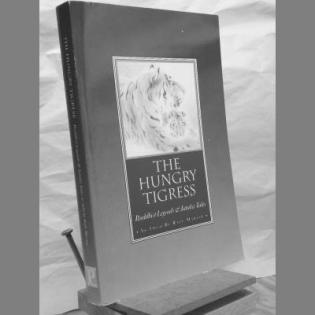A Palestinian (Arab) Tale: A poor woodcutter drops a fava bean down a well and starts moaning. The spirits who live in the well give him a series of magic objects to keep him quiet. He loses the first two to his neighbors, but then regains them. Even foolishness is sometimes rewarded with useful gifts.
Filter by subjects:
Filter by grades:
Filter by audience:
Filter by issue area:
Filter by content type:
Filter by resource type:
resource search
A Tale from Asia: A young man grows up to be a harpooner on a whaling ship. One day he suddenly discovers himself to be a whale—the very one he was setting out to kill. After this experience Eizo gives up whaling and becomes a Zen priest. If we could fully imagine the lives of animals we hunt and kill, (or raise and slaughter) would we not change our attitudes towards living beings?
Indian Tale: A parrot remains loyal to the fig tree where he makes his home, although he is being tested. The god Shaka has withered the tree to test the parrot's fidelity. How does friendship endure the tests of time?
An Indian (Buddhist) Tale: The Buddha-to-be, born as a quail, instructs his flock how to escape the hunter’s nets by working together. He then encourages them to move deeper into the forest in order to practice cooperation. Some of the quail refuse to leave, and as a result of their arguing, they are caught by the hunter and perish.
A Jewish Tale: A generous woman whose home was open to all visitors, once borrowed money from her neighbor. When asked by her son why she had borrowed it, she explained that it was so her neighbor would never feel ashamed of coming to her if he was in need. Allowing others to give is also a form of generosity.
Using the inspiration of Amanda Gorman’s poem “Earthrise,” participants consider what it means to act in ways that honor the Earth. Individuals identify and publicly commit to take action that works to help humans and nature flourish together.
What does it mean to live philanthropically with our “treasure”? In what ways do we impact nature through purchasing decisions? Participants will develop their understanding of philanthropy and corporate social responsibility. Through researching the ways companies engage in...
Young people get outside and play in nature and recognize the beauty of diverse living things in their environment. Their service project is to take action to protect nature and share nature with someone else.
Children spend time outside to play in nature and recognize the beauty of diverse living things in their environment. Their service project is to share nature with someone else in a creative interaction.



